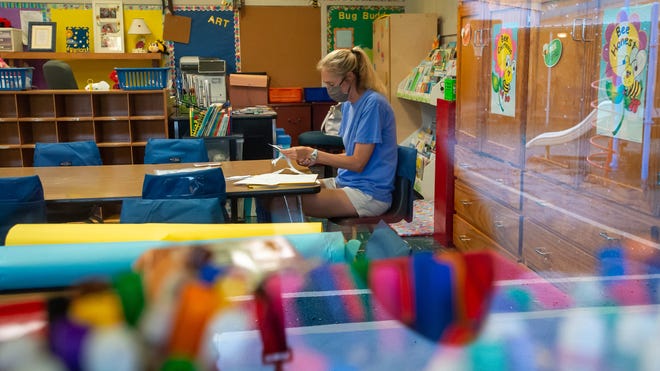COVID-19 outbreaks already are interrupting colleges’ plans to reopen across the country. But just how big those interruptions are – and whether the outbreaks can be contained – hinges in part on colleges’ plans to test students rapidly.
And some campuses don’t have much of a plan at all.
The approaches vary nationally. Some institutions, like the University of Illinois at Urbana-Champaign, plan to screen thousands of people daily using new federally approved tests that rely on saliva rather than invasive nose swabs.
Others, like Notre Dame or Purdue, required students to test negative for the virus before they were even allowed to set foot on campus.
But the University of North Georgia skipped mass testing for students coming back to campus and is instead simply asking students who develop COVID-19 symptoms to stay home from class. And Liberty University’s plan to test only people who have symptoms, without testing possibly asymptomatic carriers, has drawn criticism from other universities slated to play the Virginia institution in football.
No college’s approach is the same. That’s thanks in part to contradictory federal guidance on mass testing for higher education. The Centers of Disease Control, in guidance updated June 30, said such efforts are unproven and that it “does not recommend entry testing of all returning students, faculty, and staff.”


No comments:
Post a Comment